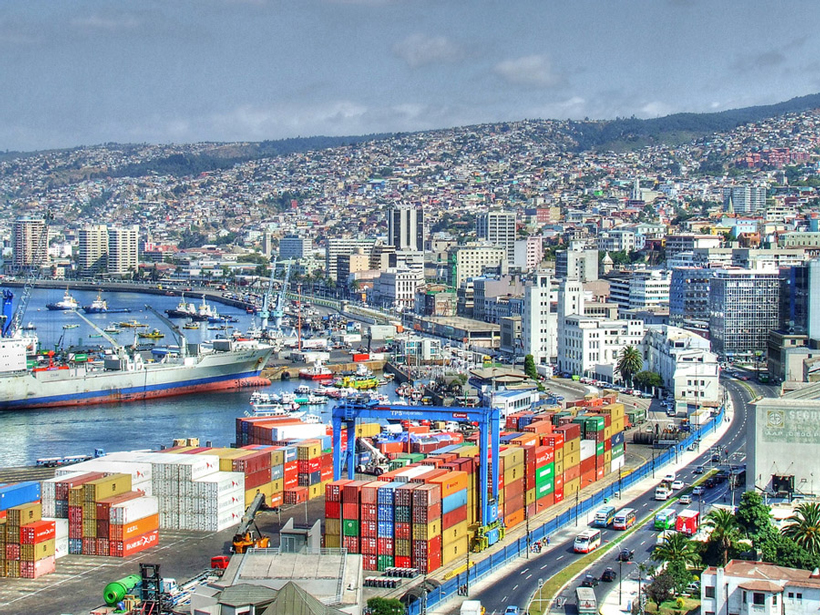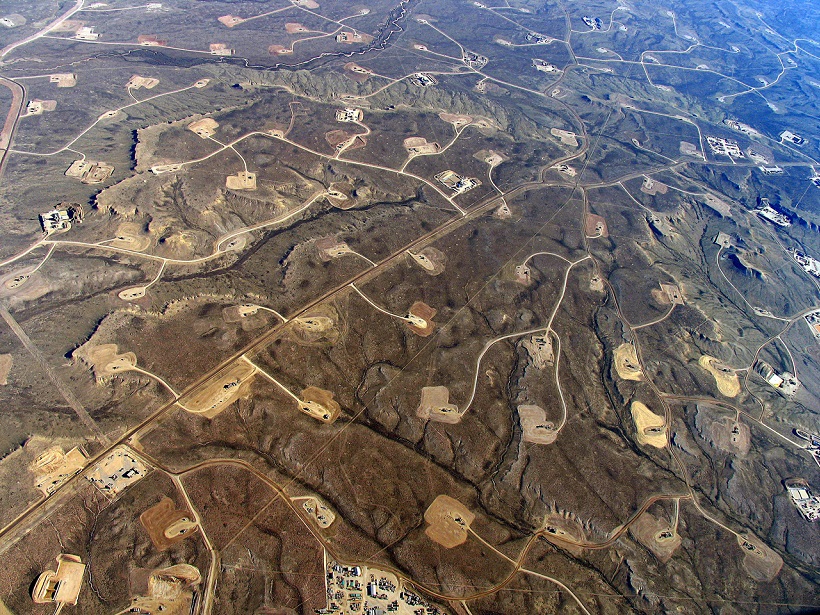Archaeologists digging in Martinique chanced upon the first tsunami deposit from the earthquake found in the New World. The tsunami left a strong trace, it seems, because the wave went up a river.
earthquakes
Revising an Innovative Way to Study Cascadia Megaquakes
Researchers probe natural environments near subduction zones to decrypt underlying mechanisms of major earthquakes.
Quakes Pack More Punch in Eastern Than in Central United States
A new finding rests on the recognition that fault types differ between the two regions. It helps explain prior evidence that human-induced quakes and natural ones behave the same in the nation’s center.
A Closer Look at an Undersea Source of Alaskan Earthquakes
A systematic survey offers a striking portrait of movement along a 500-kilometer-long undersea section of the Queen Charlotte–Fairweather fault off the coast of southeastern Alaska.
Tsunami Records Show Increased Hazards for Chile’s Central Coast
Simulations of the historical quake raise new concerns: A similar event in the future could cause a devastating tsunami in Chile’s most populated coastal region.
The Challenges Posed by Induced Seismicity
A recent paper in Reviews of Geophysics examined the increasing incidence of seismic events caused by industrial activities.
Faulty Assumptions Impair Earthquake Hazard Assessment in Italy
Along faults in the Central Apennine Mountains, weather and landslides may cause rock exposure that is mistakenly attributed to earthquakes.
Catching Glimpses of Centuries-Old Earthquakes
Researchers in the western United States survey the earthquakes that have torn up California for the past millennium.
“Fingerprinting” Volcanic Tremors May Help Forecast Eruptions
Volcano seismic waves produce distinct tremor patterns, or "fingerprints," shared by different kinds of volcanoes.
Why Do Great Earthquakes Follow Each Other at Subduction Zones?
A decade of continuous GPS measurements in South America indicates that enhanced strain accumulation following a great earthquake can initiate failure along adjacent fault segments.










